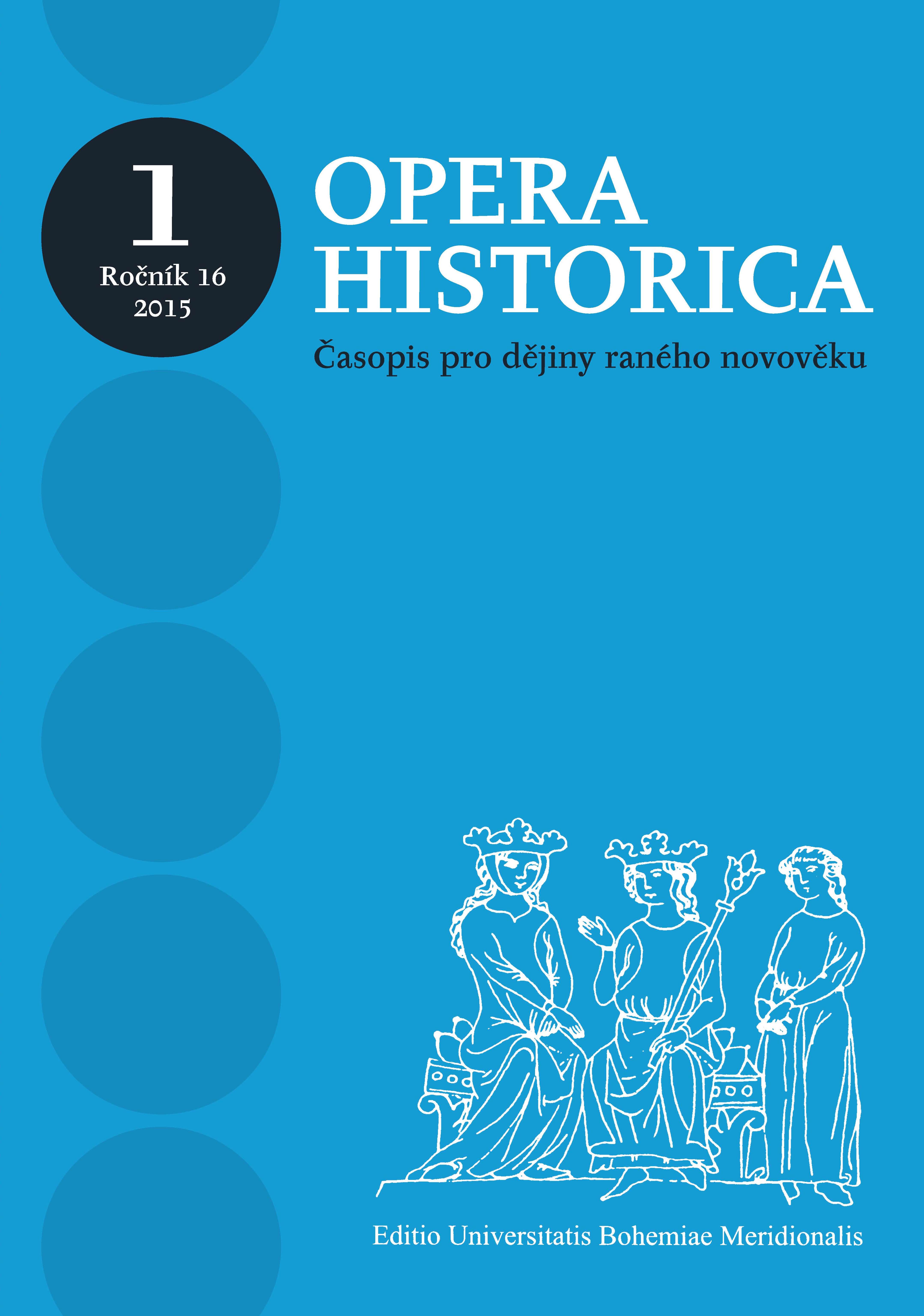Český knihtisk v boji mezi městským
stavem a šlechtou na počátku 16. století
Bohemian book print in the struggle between the burgher and the nobility at the
beginning of the 16th century
Author(s): Kamil BoldanSubject(s): History, Cultural history, Political history, 16th Century
Published by: Jihočeská univerzita v Českých Budějovicích
Keywords: book print; conflicts; towns; nobility;16th century;
Summary/Abstract: In 1500 the printed version of the Bohemian Land Ordinance (Vladislavské zřízení zemské) was issued. The royal towns hesitated to accept the new land law code for a long time, as it took away their voice at the Land Diet. The new established town league started to defend fiercely the political, judicial and economic rights and liberties of the towns. The long running conflict between the towns and the lords was ended with the St. Wenceslas Day Agreement (Svatováclavská smlouva) in 1517. It was during this unsettled interim period that this typographical medium became the means of political communication in the Bohemian estate society and when the first attempts at its utilisation in the official practice of the government administration occurred. The contribution examines insightfully a tenth of thin prints or single sheet prints and tries to reconstruct in detail the domestic political circumstances of their publishing. Some of them have escaped the bibliographer ´s and historian´s notice. They are well known only from unique copies. This fact shows that only at minor part of the original production has survived. The Bohemian estates representation appreciated around 1500 the typographical medium as an instrument of political power – even though only rarely – for spreading legal norms and for administrative purposes. Also the burghers succesfully utilised the typography for the propagation of their political statements. However, this happened at the end of the estates conflict – even though the printing houses were in the hands of the burghers and censorship regulation was at first limited. The struggle between the burgher estate and the nobles at the beginning of the 16th century is considered to be the major catalyst for the applying of this modern technology.
Journal: Opera Historica
- Issue Year: 18/2017
- Issue No: 1
- Page Range: 7-25
- Page Count: 20
- Language: Czech

